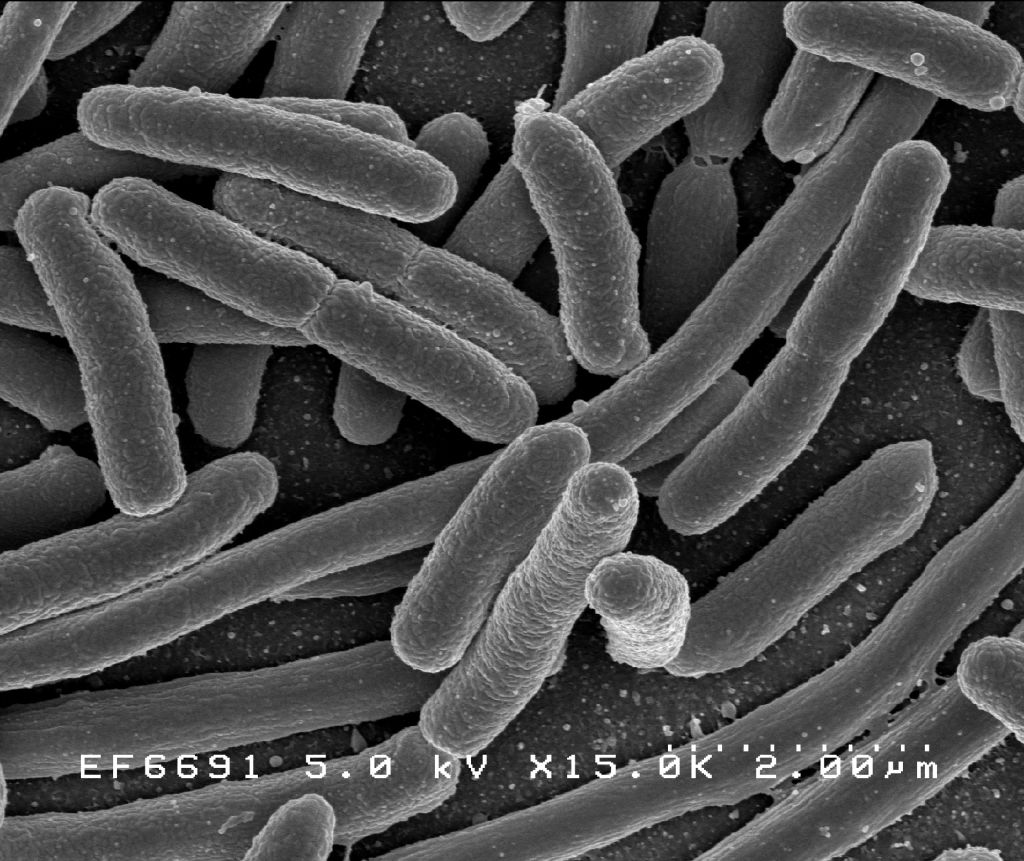Researchers this week have revealed a new way of using bacteria to help mop up harmful chemicals in the environment like pesticides.
 Using microorganisms to help clean up the environment, so called bioremediation, is an idea that's been around for a while - for example to help mop up oil spills.
Using microorganisms to help clean up the environment, so called bioremediation, is an idea that's been around for a while - for example to help mop up oil spills.
Now a team of scientists from Emory University in Atlanta in the US led by Justin Gallivan have genetically engineered E. coli bacteria - that common bug that lives in our gut - so they can detect particular harmful chemicals, swim towards them and gobble them up.
Naturally, these bacteria have receptors on their cell surfaces that detect chemicals of interest to them in the environment, often some sort of food. The chemical triggers a chain of events that activates a tiny whip-like hair called a flagellum that whizzes round and pushes the bacteria forwards towards the source of the chemical.
What the team did was knock out the gene in E. coli that makes them move forwards and added in a segment of RNA, called riboswitch which responds to the presence of a particular pesticide called atrazine. When the switch detects atrazine it turns on and the flagellum and the bacteria moves forwards towards higher concentrations of the chemical - when they reach the atrazine, they metabolise and turn it into harmless waste products.
There are some draw backs of using riboswitches outside Petri dishes. It's possible that at the moment the bacteria might not be sensitive enough to the low concentrations of chemicals in contaminated soils.
But there are a number of advantages too mainly that searching for these riboswitches in the lab is much quicker than other methods like trying to change existing receptors to be sensitive to the chemical you are interested in. And it is also possible to make riboswitches sensitive to only very specific molecules so they could be designed to deal with all sorts of different pollutants.









Comments
Add a comment